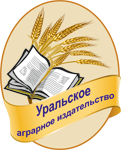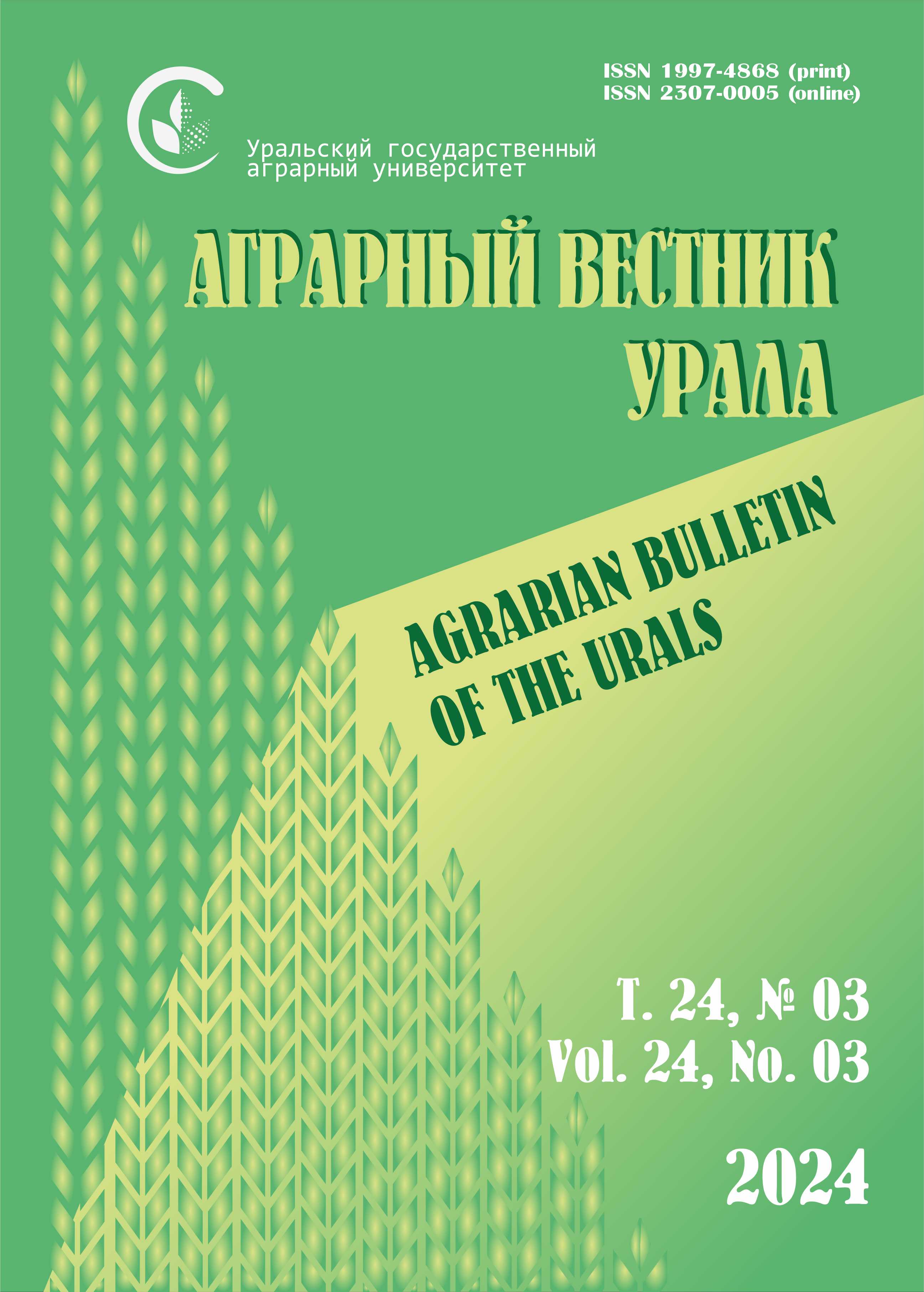Abstract. Drone brood is a product that exhibits high biological activity, so its use can be recommended to a wide range of people as an adaptogenic, actoprotective and antioxidant agent. The high concentration of biologically active substances, such as decenoic acids, unsaturated fatty acids, sulfhydryl groups, sugars, hormones and hormone-like compounds makes drone brood a product very sensitive to environmental factors, which necessitates its stabilization. To stabilize drone brood homogenate, in a number of countries, a lactose-glucose adsorbent is usually used. The relevance of the work is due to the widespread prevalence of lactase deficiency among the population, the prevalence of which among the Eastern Slavs reaches 16–18 %, and among some peoples of Asia, Australia and America exceeds 80 %, which limits the use of adsorbed drone brood using a classical adsorbent containing lactose. The purpose of the work is to develop an innovative product based on drone brood that does not contain lactose as an adsorbent, and to trace the dynamics of the preservation of its biologically active components during storage. Potato starch was used as a lactose substitute in the adsorbent. This product can be recommended to a wider range of consumers. The work used methods for determining the physicochemical parameters of products, such as humidity, oxidation index, hydrogen index, mass fraction of decenoic acids, mass fraction of crude protein, free acidity, acid number, iodine number. The scientific novelty lies in the development of formulations for new products based on drone brood that do not contain lactose and the determination of the optimal product among them in terms of technological and physicochemical parameters. As a result of the studies, it was found that an adsorbent consisting of 80 parts of starch and 20 parts of glucose provides optimal product performance at a ratio of adsorbent to drone brood homogenate of 3 : 1.
lactase deficiency, drone brood, lactose-free adsorbent, adsorption
1. Mishyna M., Chen J., Benjamin O. Sensory attributes of edible insects and insect-based foods – Future outlooks for enhancing consumer appeal [Elektronnyy resurs] // Trends in Food Science & Technology. 2020. Vol. 95. Pp. 141–148. URL: https://www.sciencedirect.com/science/ article/pii/ S0924224419302523 (data obrascheniya: 21.08.2023).
2. Imathiu S. Benefits and food safety concerns associated with consumption of edible insects // NFS Journal. 2020. Vol. 18. DOI:https://doi.org/10.1016/j.nfs.2019.11.002.
3. Sidor E. et al. Searching for differences in chemical composition and biological activity of crude drone brood and royal jelly useful for their authentication // Foods. 2021. Vol. 10, No. 9. Article number 2233. DOI:https://doi.org/10.3390/foods10092233. EDN: https://elibrary.ru/WGJQDD
4. Mitrofanov D. V., Budnikova N. V. Fiziko-himicheskie pokazateli bezlaktoznoy kompozicii matochnogo molochka s trutnevym rasplodom v processe hraneniya // Sbornik nauchnyh trudov X Yubileynoy mezhdunarodnoy nauchno-prakticheskoy konferencii «Innovacionnye tehnologii v nauke i obrazovanii» (Konferenciya «ITNO 2022»). Divnomorskoe, 2022. S. 134–136. DOI:https://doi.org/10.23947/itse.2022.134-136. EDN: https://elibrary.ru/UBTMJB
5. Sidor E., Dżugan M. Drone Brood Homogenate as Natural Remedy for Treating Health Care Problem: A Scientific and Practical Approach // Molecules. 2020. Vol. 25, No 23. Article number 5699. DOI:https://doi.org/10.3390/molecules25235699. EDN: https://elibrary.ru/BXVMMY
6. Nedashkivskyi V. M. The influence of partial substitutes of protein feed of bees on the production of drone larvae homogenate // Scientific Messenger of LNU of Veterinary Medicine and Biotechnologies. Series: Agricultural sciences. 2020. Vol. 22, No. 92. Pp. 15–18. DOI:https://doi.org/10.32718/nvlvet-a9203.
7. Jensen A. B., Evans J., Jonas-Levi A. et al. Standard methods for Apis mellifera brood as human food // Journal of Apicultural Research. 2019. Vol. 58. No. 2. DOI:https://doi.org/10.1080/00218839.2016.1226606.
8. Prokhoda I. A., Eliseeva E. V., Katunina N. P. et al. Quality management of the apiproduct from the drone larvae // IOP Conference Series: Earth and Environmental Science. 2019. Vol. 274. No. 1. Article number 012132. DOI:https://doi.org/10.1088/1755-1315/274/1/012132. EDN: https://elibrary.ru/LPUKQJ
9. Silici S. Chemical Content and Bioactive Properties of Drone Larvae (Apilarnil) [Elektronnyy resurs] // Mellifera. 2019. Vol. 19. No. 2. Pp. 14–22. URL: https://dergipark.org.tr/tr/download/article-file/905641 (data obrascheniya: 21.08.2023).
10. Sawczuk R. et al. Evaluation of total phenols content, anti-DPPH activity and the content of selected antioxidants in the honeybee drone brood homogenate // Food Chemistry. 2022. Vol. 368. Article number. 130745. DOI:https://doi.org/10.1016/j.foodchem.2021.130745. EDN: https://elibrary.ru/RQVRHG
11. Mitrofanov D. V., Budnikova N. V., Esenkina S. N. [i dr.]. Antioksidantnye soedineniya v gomogenate trutnevogo rasploda raznogo vozrasta // Sbornik nauchnyh trudov Krasnodarskogo nauchnogo centra po zootehnii i veterinarii. 2021. T. 10. № 1. S. 273–276. DOI:https://doi.org/10.48612/7z9a-kgmt-dex6. EDN: https://elibrary.ru/OFWVHW
12. Mitrofanov D. V., Vakhonina E. A., Budnikova N. V. Reducing agents of drone brood products supplemented by royal jelly, propolis and chitosan derivatives // IOP Conference Series: Earth and Environmental Science. 2021. Vol. 624. No. 1. Article number 012146. DOI:https://doi.org/10.1088/1755-1315/624/1/012146. EDN: https://elibrary.ru/RATVAM
13. Sonmez E. et al. An evaluation of the chemical composition and biological properties of Anatolian Royal Jelly, drone brood and queen bee larvae // European Food Research and Technology. 2023. Vol. 249. No. 5. Pp. 1391–1401. DOI:https://doi.org/10.1007/s00217-023-04221-0. EDN: https://elibrary.ru/KNQQBX
14. Schiel L. et al. Applicability of analytical methods for determining the composition of edible insects in German Food Control // Journal of Food Composition and Analysis. 2022. Vol. 112. Article number 104676. DOI:https://doi.org/10.1016/j.jfca.2022.104676. EDN: https://elibrary.ru/PESZGX
15. Doğanyiğit Z., Okan A., Kaymak E. et al. Investigation of protective effects of apilarnil against lipopolysaccharide induced liver injury in rats via TLR 4/HMGB-1/NF-κB pathway // Biomedicine & Pharmacotherapy. 2020. Vol. 125. Article number 109967. DOI:https://doi.org/10.1016/j.biopha.2020.109967.
16. Sidor E. et al. The effect of storage time on the antioxidant activity and polyphenolic profile of frozen and lyophilized drone brood fixed in honey // Zywnosc. 2022. Vol. 29. No. 2. DOI:https://doi.org/10.15193/zntj/2022/131/415. EDN: https://elibrary.ru/YPGRFD
17. Doğanyiğit Z., Kaymak E., Asli O. et al. Investigation of Protective Effects of Apilarnil Against Lipopolysaccharide Induced Lung Injury in Rats [Elektronnyy resurs] // Mellifera. 2020. Vol. 20. No. 1. URL: https://dergipark.org.tr/en/pub/mellifera/issue/55500/758355 (data obrascheniya: 21.08.2023).
18. Koşum N. et al. Chemical Composition and Androgenic Effect of Bee Drone Larvae (Apilarnil) for Goat Male Kids // Chemistry & Biodiversity. 2022. Vol. 19. No. 8. Article number e202200548. DOI:https://doi.org/10.1002/cbdv.202200548.
19. Ezerskaya P. A., Biryukova N. V. Laktaznaya nedostatochnost' (obzor literatury) // Tendencii razvitiya nauki i obrazovaniya. 2021. №. 74-1. S. 37–42. DOI:https://doi.org/10.18411/lj-06-2021-08. EDN: https://elibrary.ru/JBYZLE
20. Kovalenko E. et al. Lactase deficiency in Russia: multiethnic genetic study // European Journal of Clinical Nutrition. 2023. Pp. 803–810. DOI:https://doi.org/10.1038/s41430-023-01294-8. EDN: https://elibrary.ru/BDYFUZ
21. Makarova L. V. Laktaznaya nedostatochnost'. Sposoby udaleniya laktozy iz molochnogo syr'ya [Elektronnyy resurs] // Nauka i molodezh': materialy XIX Vserossiyskoy nauchno-tehnicheskoy konferencii studentov, aspirantov i molodyh uchenyh. Barnaul, 2022. S. 272–274. URL: https://www.elibrary.ru/download/elibrary_49943323_89697244.pdf (data obrascheniya: 21.08.2023). EDN: https://elibrary.ru/PMTBHH









